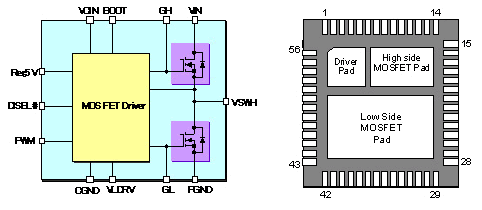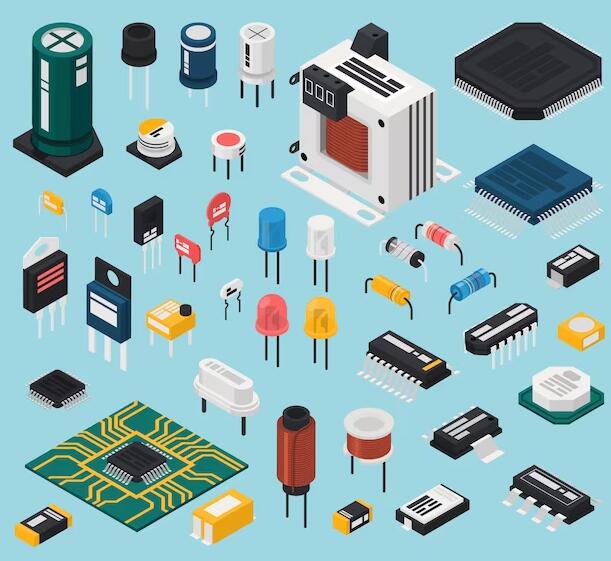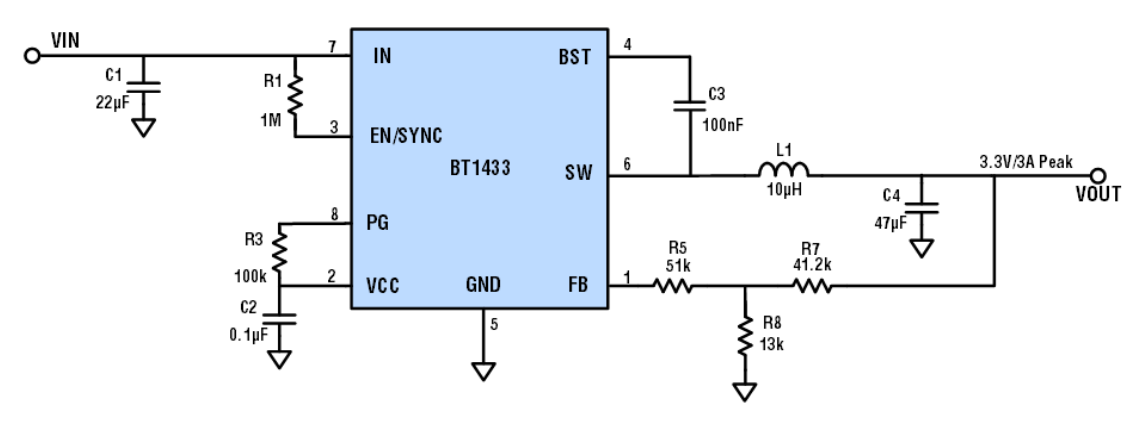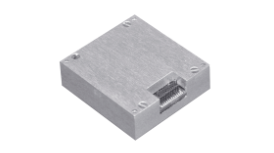DrMOS : Efficient power management devices are indispensable for AI servers
12/24/2024 10:50:57 PM
As AI server computing power continues to increase, heat dissipation design must keep up with system loads. However, the more powerful the heat dissipation solution, the more unexpected variables there are during the development process. Recently, news broke that during the development and testing of NVIDIA's next-generation GB300/B300 series AI servers, DrMOS, an important component, overheated, and this problem may slow down shipments.
As power supply design becomes increasingly complex, highly integrated DrMOS plays an increasingly important role. Understanding such devices will help us better understand the design ideas of current power supply solutions, thereby grasping the development of demand for this device and its supporting devices.
DrMOS (Integrated Driver & MOSFET) is a module that integrates MOSFET and driver IC into a package. This technology was first introduced by Intel, so its application has long been closely related to PCs and servers. With the growth of the AI industry, DrMOS has also been used in power solutions for computing servers due to its high-quality characteristics. Compared with the method of placing upstream and downstream MOSFETs and driver ICs separately in traditional power supply designs, DrMOS has the following advantages:
High integration: DrMOS integrates the driver and MOS tube in one package, reducing the number of components and circuit board space.
High efficiency: DrMOS has lower on-resistance and switching loss, which can improve power conversion efficiency and reduce system power consumption and heat.
Fast response: DrMOS can achieve fast switching and has a fast response speed, which helps to improve the dynamic performance of the system.
Good heat dissipation: DrMOS's good heat dissipation design can effectively reduce the chip's operating temperature and improve system reliability.
To evaluate the performance of a DrMOS device, you need to refer to the following indicators:
Power density: The power density of DrMOS refers to the power output per unit volume. High power density means that higher power output can be provided in a limited space, which is conducive to the compact design of the power system.
Efficiency: Efficiency refers to the ratio of output power to input power. High efficiency can reduce power loss and improve thermal management. DrMOS's thermal efficiency performance is crucial to reducing system energy consumption and improving stability.
Thermal performance: Thermal performance is mainly measured by parameters such as junction temperature and thermal resistance of MOSFET in DrMOS. Good thermal performance can ensure that the device can still work stably in a high temperature environment and extend the life of the equipment.
Switching speed: refers to the response time of DrMOS during the switching process. Faster switching speed can reduce switching losses and improve the overall performance of the system.
Protection features: DrMOS usually integrates protection functions such as over-temperature protection (OTP), input over-voltage protection (VINOVP) and under-voltage lockout (UVLO). These features can ensure that the device will not be damaged under abnormal conditions and improve the safety of the system.

Big market and fierce competition coexist
The main suppliers of DrMOS include MPS, ADI, TI, ON Semiconductor, Renesas, AOS and Richtek, etc. The costs of various brands and solutions may range from a few yuan to tens of yuan. According to data from research firm Omdia, the global DrMOS market size in 2021 is about US$956 million, and it is expected to grow to US$1.122 billion by 2026, with a compound annual growth rate of 3.24% from 2021 to 2026.
In addition to new energy vehicles, PCs, ordinary servers, and industrial fields, the rapid growth in the number of AI servers will also bring more growth space to the DrMOS market. However, the increasing performance of GPU computing cores has also added great difficulty to power supply design, and existing DrMOS solutions are also facing the challenge of performance limits.
Recently, during the development and testing of NVIDIA's GB300/B300 series AI servers, it was found that the DrMOS used had serious overheating problems, which may slow down the overall launch progress. The news pointed out that there was a problem with the 5x5 DrMO of AOS. If it cannot be solved, NVIDIA may replace it with the 5x6 DrMOS of MPS.
Nvidia's plan to test AOS first was intended to introduce suppliers other than MPS to balance costs, but the change in plan is more favorable to MPS. This incident also confirms the fierce competition in the DrMOS market. It is not easy to obtain the supply rights of large customers.
With the development of various application fields, the DrMOS market is undoubtedly promising. The increasingly stringent requirements of terminal applications will promote major suppliers to continuously update their technologies, thereby prompting DrMOS to develop in the direction of higher conversion efficiency, lower performance loss and lighter packaging.







